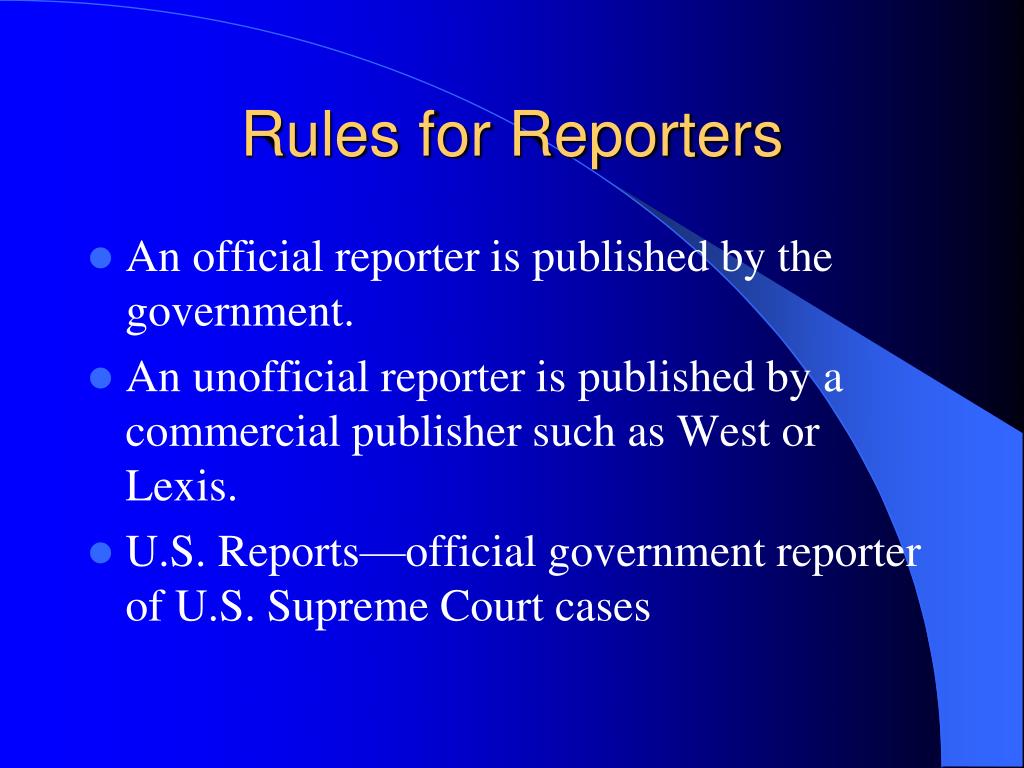

Rev.Īs found in the article or date of issue.

If there are any geographic words, use Table 10.Ĭase Western Reserve Law Review becomes Case W. If the title is not found in Table 13, then the Bluebook suggests that you structure the abbreviation by employing words already abbreviated in the list. This abbreviation list takes precedence over any abbreviations used by law journals or reviews themselves. The Lockerbie "Extradition by Analogy" Agreement: "Exceptional Measure" or Template for Transnational Criminal Justice?=Īlways use the abbreviations listed in Table 13 for the law journal or review title. But do not capitalize articles, conjunctions and prepositions when they are four or less letters unless, as above, they begin the title or immediately follow a colon. This rule, in essence, requires the capitalization of all words in a title, including any that begin a title, or immediately follow a colon. Capitalize words in the title according to Rule 8(a). 44 (2002).ĭo not abbreviate or omit words in an article title (unlike party names in a case citation). Plantagenet et al., Empire Building in the Medieval Age, 45 J. Henry Anjou & Louis Capet, Dissolving Feudal Ties, 24 J.

The same rules apply for editors/translators, except that the name goes in the first parenthetical separated by a comma from other information. These rules apply to institutional authors as well. If there are more than two authors, either use the first author's name followed by et al., or alternatively list them all. When there are two authors, list them as they appear on the work. Always cite an author's full name when first citing the work (first name then last name).


 0 kommentar(er)
0 kommentar(er)
